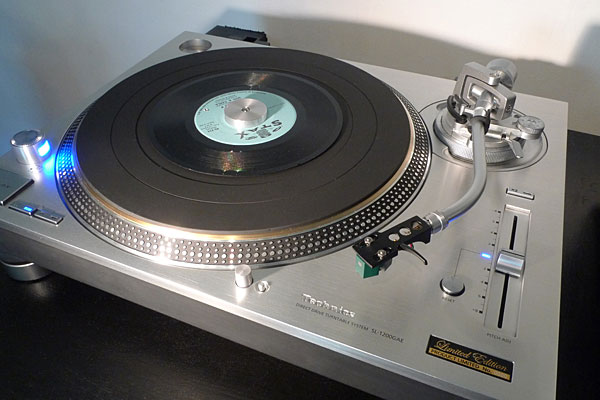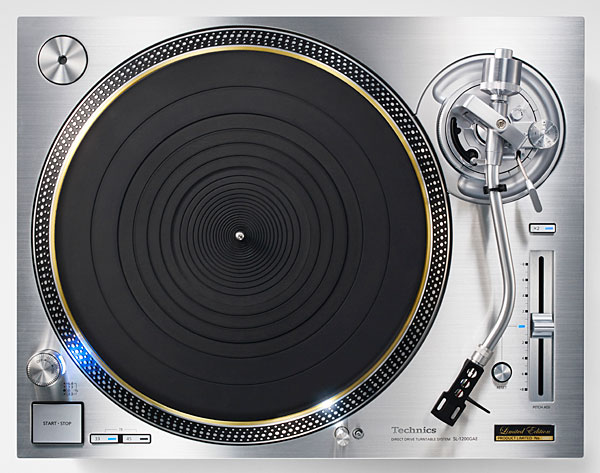| Columns Retired Columns & Blogs |
I am happy to see an old hobby horse start rocking again!
Next up....(Requests, I have a hunch there is a Class A turntable lurking in there.)
Comparison with the Achromat platter.
Upgraded phono cables.
Perhaps cartridge 'upgrades' to see how they compare!
Maybe a trial with a record weight, as well.
This table seems to cry out for doing fun things with it and seeing who does what to who!
Thanks again!
Is that speed chart good, or not good? Would an outboard speed control device change the data? (VPI, Clearaudio, Music Hall, etc...)









































